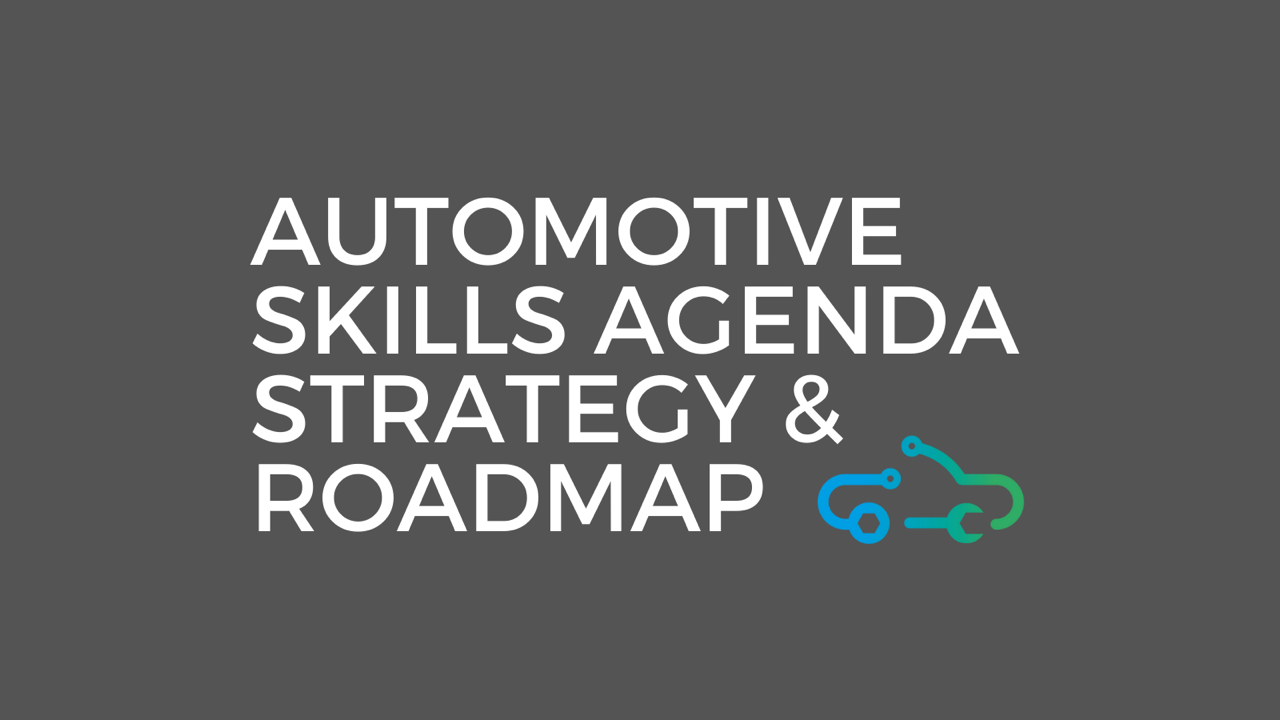News

DRIVES partnership delivers the third release of its Automotive Roadmap
The first release provided a strategy and roadmap for Automotive Skills Agenda and its future developments complementary to other strategies in the sector presenting 8 Key Actions with 56 Specific Activities.
The second release, following the 8 Key Actions, aimed at integrating, revising and eventually confirming such strategy so that it is always up-to-date and consistent with the main developments, current opportunities and challenges of the automotive sector.
The third and final release goes deep into the suggested 56 Specific Activities of the roadmap and offers a practical point of view for future implementation at regional level using existing Best Practices as example.
Click here for the full report.
DETAILS
Into the 1st release it has been defined 8 Key Actions (KA) and 56 Specific Activities (SA) to be implemented by the wider automotive community as a strategic starting point to tackle the current and ongoing changes in the sector.
For the purpose of the 2nd release, each KA was presented and discussed with several stakeholders of the sector to investigate their relevance and consistency and if any revisions of their strategic approach were necessary. During the update, stakeholders reported that the KA are valid and their implementation is crucial, with no key modifications to be done. In particular, it was possible to rank the most urgent actions as perceived by stakeholders:
- Build a common dialogue platform to inform companies and VET providers about the different needs and create a common vision for the future;
- Establish the Automotive Skills Alliance;
- Define and assure financial sustainability of the alliance;
- Support the implementation of the Key Actions;
- Ensure overall sustainable support from key stakeholders;
- Create links between automotive businesses and VET providers for widespread sharing of the results of intelligence update outcomes;
- Act as a platform for the Automotive Skills Agenda and stimulate its continuous development;
- Harmonise a set of areas and base and specific objectives that will reflect all elements of the skills agenda.
Following this methodology, the objective of this 3rd and final release was validate the 56 SA and enrich the roadmap with information and best practices that can help the wider automotive community translate the strategy outlined in the roadmap (1st and 2nd release) into a set of practical and operational actions for implementation. To do this, DRIVES Partnership engaged and involved stakeholders from regional automotive clusters (Germany, Italy, Poland, Portugal, Romania and Spain), presenting four main topics (who combine the most important aspects coming from the 56 SA) during dedicated workshops. These covered:
- STANDARD DEFINITION
- FACILITATING ENCOUNTERS BETWEEN DIFFERENT STAKEHOLDERS
- INTELLIGENCE
- TRAINING PROGRAMMES
The main outcomes of such activities were related to:
A. The extreme importance of the regional aspect of the education and training. The link between regional education and the regional labour market is critical and the need to strengthen links with those regions with the most significant clusters of automotive activity is essential in order to support:
- Mapping of existing provision
- Identification of gaps/weaknesses in provision
- Identify changing skill needs and implications for learning support
- Mapping the available financial resources
B. A strong collaboration towards new common standards of production of semi-finished products, components and finished products. This is mandatory at every level of the automotive supply chain to remain competitive; investing in intelligent and flexible solutions for the benefit of all the involved stakeholders by exploiting the so-called "industry 4.0" is a solution, and “facilitating encounters between different stakeholders” is the starting point for this activity.
C. The backbone for success is driven by Big Data information and the use of Business Intelligence tools. Offering stakeholders’ a set of common data, forecast and sector insights allows stakeholders to concentrate themselves into “next steps” instead of “what happens” and moreover, supports a common understanding of the automotive sector direction.
D. Introduction of modular and/or unitised training structures. it allows for easier updating of qualifications to incorporate new technologies or ways of working, and this is a priority for stakeholders involved in regionals workshops as per the “training programmes”.
E. A clear need to harmonise information (“standard definition”). Even if many training and education providers exist at a regional/national and EU level, it is challenging to have an overall view of the offer; it is also hard to compare the specific training offer by skill area and between nations, as well as define training courses and how they relate to each job role and skill.

